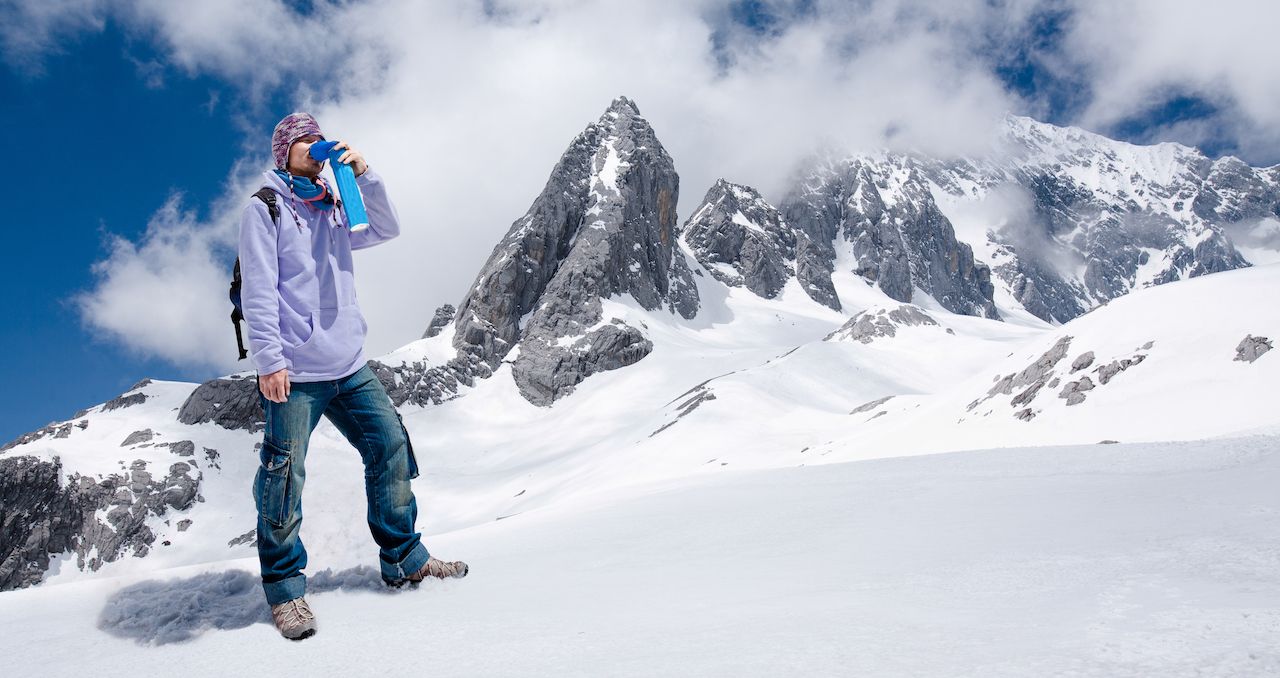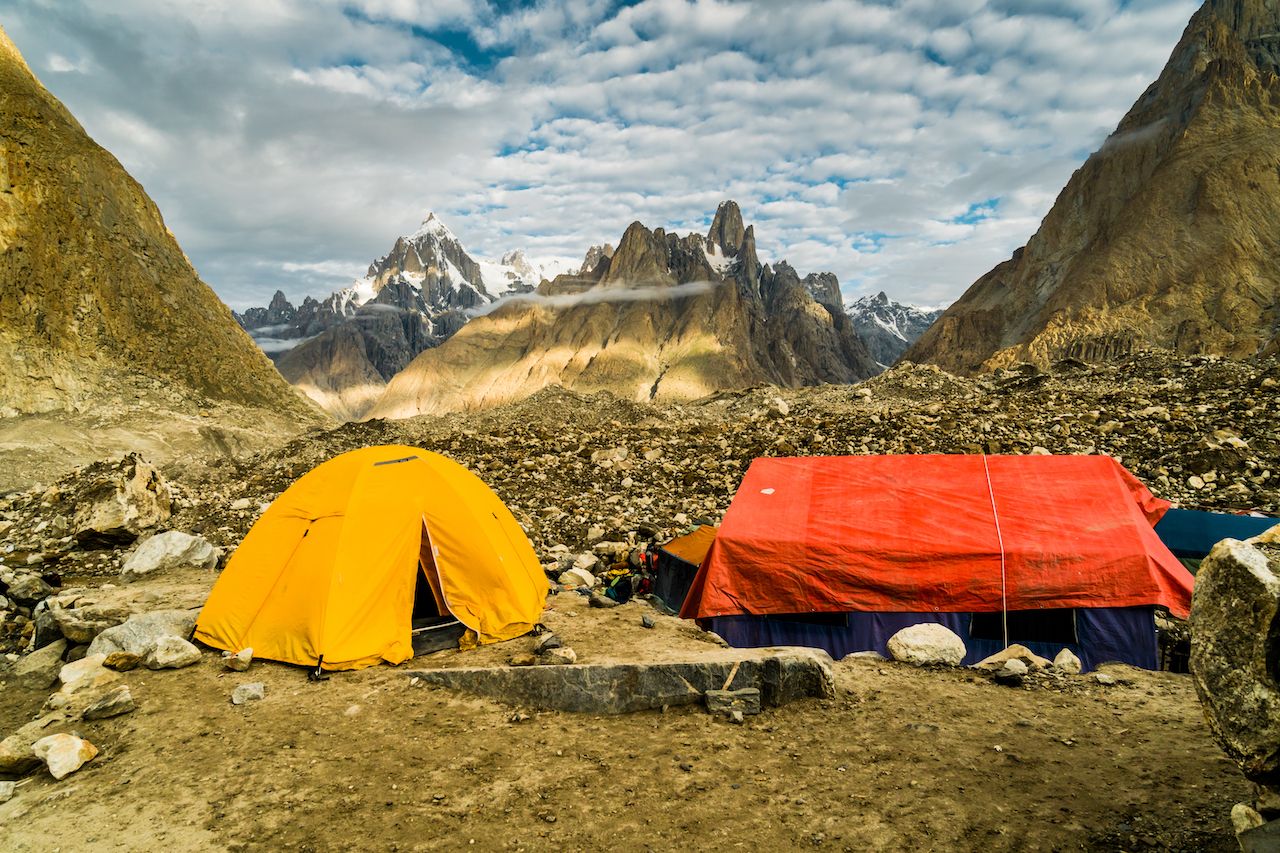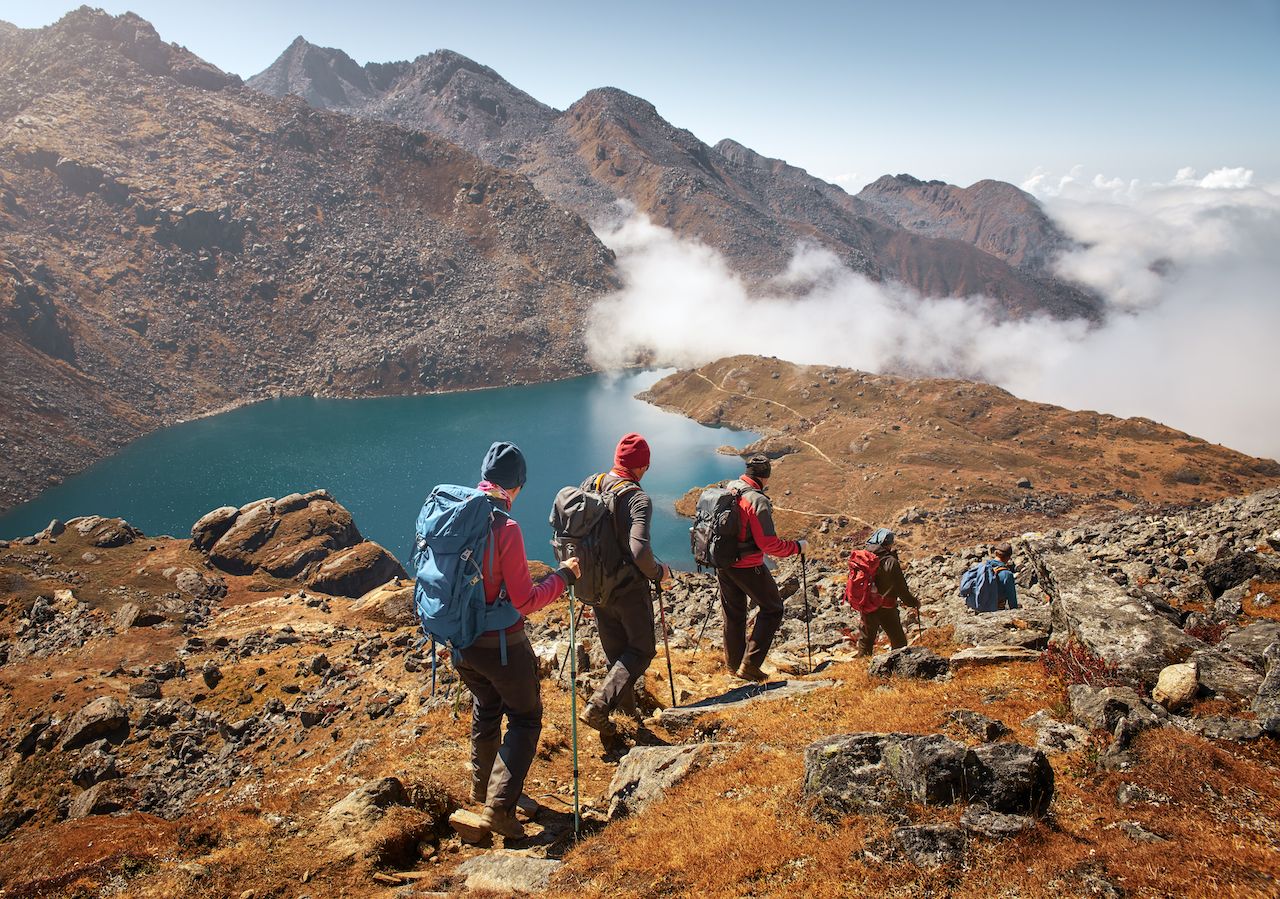Few things ruin a session in the outdoors faster than a splitting headache. Toss in a bit a nausea and dizziness, and you’ll be spending the day bedside in the hotel room while your crew bags a peak without you. Many who come from low elevation to places like Colorado or Montana, and even people from higher altitudes who venture into the high alpine, are familiar with the symptoms of acute mountain sickness, or AMS. But new research provides insight into what you can do both before you travel and while at high elevation to prevent or at least minimize the condition.
In its recent report on acute altitude sickness published in the Wilderness and Environmental Medicine journal, the Wilderness Medical Society outlines its latest findings on how to prevent and treat the condition. The full report is about as entertaining as watching a silent movie with your eyes closed, so here are the basics distilled for easy reference.




